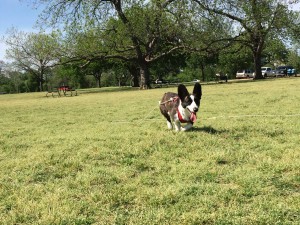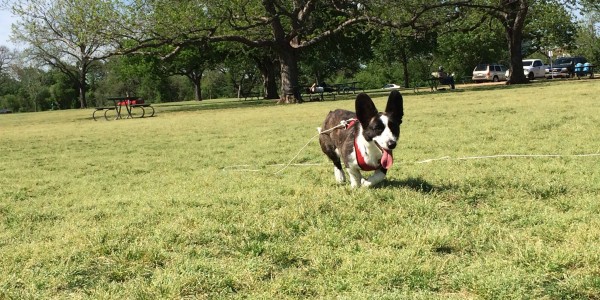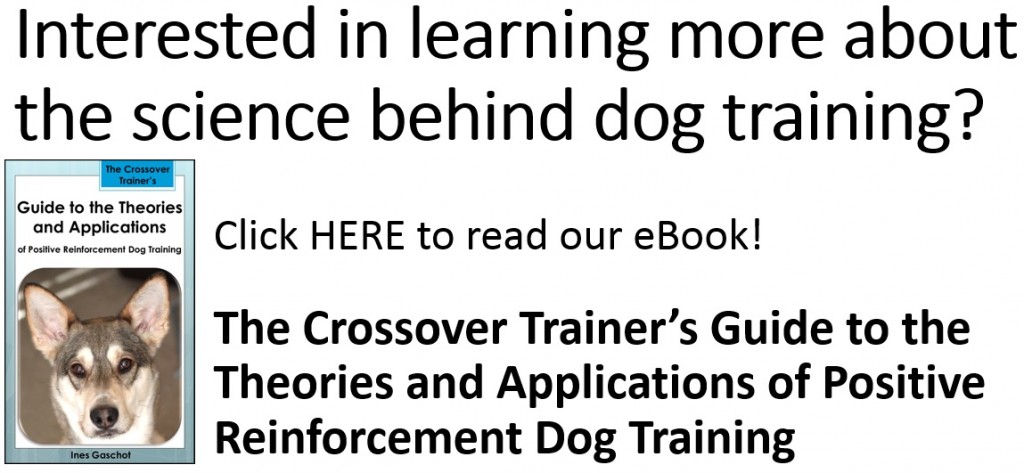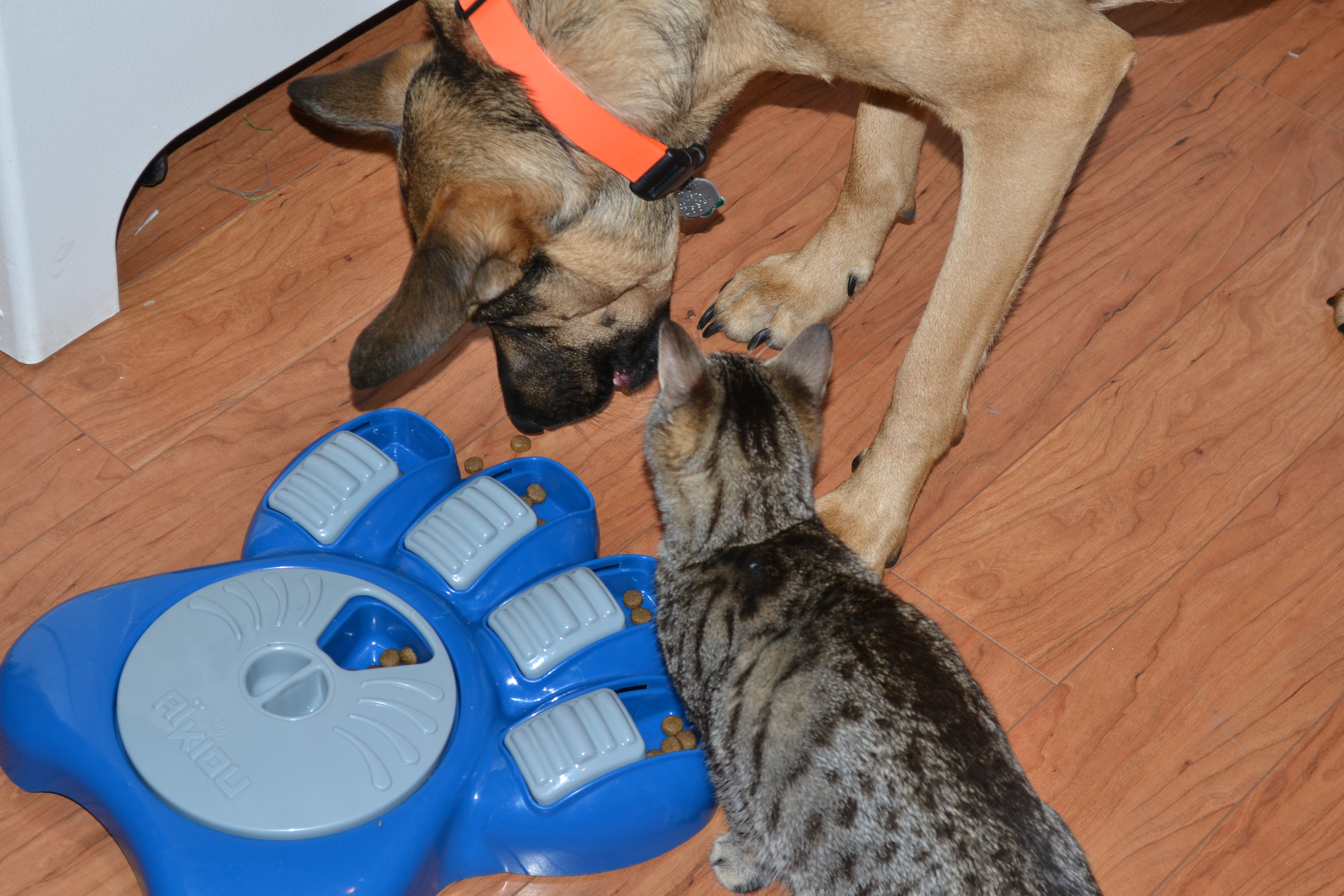I want to start out by saying that I used to be one of Cesar Millan’s, the Dog Whisperer, biggest fans. I even went to his seminar and met him in person in 2006. His methods worked for me until I adopted my dog, Loker. Loker put me on the path to seeking new knowledge and I dove right into science-based dog training.
What is Science-Based Theory?
Classical Conditioning is when an animal creates an association with something in its environment. They learn that when they see or hear a particular event, then something good or bad will come of it.
Operant Conditioning is when an animal learns to change their behavior to manipulate their environment. For example, when a dog learns to sit instead of jump to get a treat, they are learning how to change their behavior to get what they want.
When put into practice, these theories are not exclusive. This means that while you are teaching a dog a new behavior, the dog is also creating associations with you and it’s surroundings. This is where the biggest downfall to Cesar’s training methods come in.
The Dog Whisperer’s Downfall
Cesar Millan’s techniques work on most dogs. I’ve used them on a lot of dogs and I have no doubt that many people use them with their dogs to get results. The downfall of those techniques comes when the dog creates associations while learning to stop its behavior. The corrections that Cesar uses get the dog to stop the behavior, but they create bad associations with himself and anything else in the dog’s environment when it receives a correction.
Let’s talk about an example. When I was teaching my dog not to pull, I’d give him a physical correction on the leash when he’d start pulling. He would start pulling for multiple reasons: he loves to sniff, he wants to go meet another dog, he sees a cat, etc. Anytime he’d pull, I’d correct him. That physical tension I’d add to that situation would then be associated with whatever he was pulling towards – dogs, cats, etc. As a result, he developed anxiety around those animals and he started barking whenever he saw them. Adding more corrections to the mix would only make that association stronger and make his reaction stronger. Not all dogs increase their aggression with corrections, but they still make that bad association with whatever they were pulling towards.
Whenever I corrected my dog, I was creating bad associations with myself. I wasn’t a source of fun or happy energy, I was someone to watch carefully, avoid, and try not to upset. It was not the relationship I wanted with me dog. I wanted my dog to love being with me so I knew I had to change.
Preferred Alternative Methods
 Since I crossed over to force-free, science-based training methods a little over 2 years ago, I started a list of favorite videos and articles that explain this kind of training in the simplest and most accurate way. Want to teach your dog to be calm? Want a dog that walks nicely on leash? Want to learn more about the science behind these training methods? Check out my Ultimate Dog Training Resources Handout. Make sure to bookmark it because I continually add to it when I find great resources!
Since I crossed over to force-free, science-based training methods a little over 2 years ago, I started a list of favorite videos and articles that explain this kind of training in the simplest and most accurate way. Want to teach your dog to be calm? Want a dog that walks nicely on leash? Want to learn more about the science behind these training methods? Check out my Ultimate Dog Training Resources Handout. Make sure to bookmark it because I continually add to it when I find great resources!
Have a specific question about your situation? Want to discuss a technique you’ve read or seen? Leave a comment below and I’ll do my best to reply to it as soon as I can. 🙂





